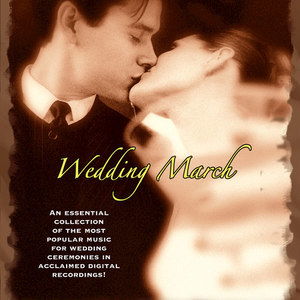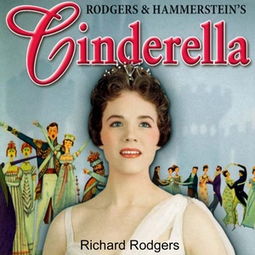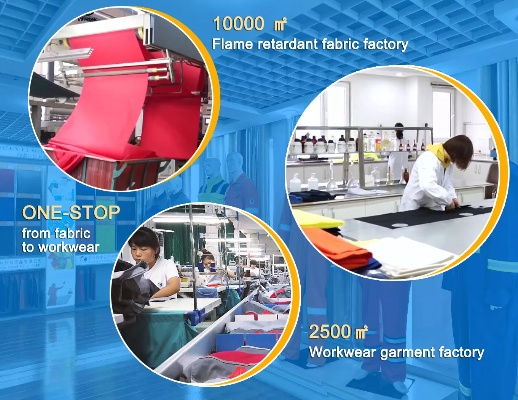The Evolution of Wedding Textiles:A Journey Through Time and Style
This article delves into the evolution of wedding textiles, tracing their journey from traditional garb to modern styles. From the elaborate veils and saris of ancient times to the sleek gowns and suits of contemporary celebrations, the article examines the transformations in fabrics, designs, and embellishments that have characterized each era. It highlights the cultural significance of these garments, as well as the influence of fashion trends, technology, and social norms on their development. By exploring the historical context of wedding textiles, the article provides insight into the ways in which these materials have been imbued with symbolism, representing love, tradition, and beauty. Overall, it offers a captivating narrative of how wedding textiles have evolved over time, reflecting the ever-evolving world of fashion and culture.
In the realm of weddings, textiles have always been an integral part of the ceremony. From the traditional white dress to the modern avant-garde, the choices for wedding attire and accessories have evolved significantly over time. In this article, we will delve into the history and evolution of wedding textiles, as well as provide some examples that showcase their versatility and beauty.
The first significant development in wedding textiles was the introduction of silk. Silk, known for its luxurious texture and vibrant colors, became a popular choice for brides in the 19th century. It was not only because of its aesthetic appeal but also because it was believed to bring good luck and prosperity to the couple. Today, silk is still a popular choice for bridal gowns, but it has been replaced by other materials like chiffon, organza, and lace, which offer different levels of sophistication and elegance.

The next significant change in wedding textiles was the introduction of printed fabrics. With the advent of mass production, printed fabrics became more affordable and accessible to brides. They offered a unique and eye-catching look that was not available through traditional patterns. Today, printed fabrics are used in a variety of ways, from tablecloths to bridesmaid dresses, and they continue to be a popular choice for contemporary weddings.
One of the most iconic elements of wedding textiles is the use of lace. Lace, with its delicate and intricate designs, has been a staple in wedding attire since the 17th century. From simple slips to elaborate ball gowns, lace adds a touch of elegance and romance to any outfit. Today, lace is used in a variety of ways, from veils and bouquets to table settings and centerpieces. Its versatility makes it a favorite among brides and grooms alike.
Another important development in wedding textiles was the rise of sustainable materials. As awareness about environmental issues has increased, many couples are choosing to incorporate eco-friendly options into their wedding celebrations. This includes using organic cotton, recycled fabrics, and other sustainable materials that reduce waste and minimize the impact on the environment.
In addition to these changes, there have been many innovative uses of technology in wedding textiles. For example, digital printing allows for intricate designs that would otherwise be impossible to achieve with traditional methods. Online shopping platforms make it easier than ever for brides to find the perfect fabric for their wedding gown or accessories.
To demonstrate the versatility of wedding textiles, let's take a look at some examples:
| Wedding Item | Material | Design |
|---|---|---|
| Bridal Gown | Silk | Floral print |
| Bouquet | Lace | Simple design with delicate petals |
| Centerpieces | Linen | Traditional floral arrangements |
| Tablecloths | Chiffon | Modern geometric prints |
| Bride's Shoes | Leather | Elegant strapless styles |
| Groom's Attire | Cotton | Classic tuxedo with a subtle lace detail |
As you can see, wedding textiles come in many shapes and forms, each with its own unique charm and style. And as the industry continues to evolve, we can expect even more exciting innovations and trends to emerge. So whether you're planning a traditional or modern wedding, there's something out there for everyone who appreciates the beauty and versatility of wedding textiles.
在每个幸福时刻,婚礼都是人生中最为重要的一环,而婚礼上的纺织品,更是承载着爱情、祝福和美好回忆的重要载体,本篇文章将围绕婚礼纺织品展开,通过英文口语化的方式为您详细介绍其种类、特点以及案例。
婚礼纺织品种类及特点
传统婚礼纺织品
传统婚礼纺织品通常包括婚纱、礼服、头饰、手捧花等,婚纱是新娘的象征,通常采用轻盈、飘逸的面料,展现出新娘的优雅和美丽,礼服则注重庄重和正式感,常常采用丝绸、缎面等高档面料,头饰和手捧花则注重细节和精致感,常常采用花朵、羽毛等元素,展现出新娘的娇艳和浪漫。

现代婚礼纺织品
现代婚礼纺织品更加注重时尚和个性化,蕾丝婚纱、棉麻混纺面料的手提包、珍珠首饰等,蕾丝婚纱轻盈飘逸,展现出新娘的柔美和清新;棉麻混纺面料的手提包则更加实用和舒适,现代婚礼纺织品还注重环保和可持续性,采用可降解、可回收的材料。
案例分析
手工编织的婚礼纺织品
某城市举办了一场浪漫的婚礼,新娘选择了手工编织的婚礼纺织品,该婚礼纺织品由一位擅长手工编织的工匠制作而成,采用高质量的棉麻面料,经过精细的手工编织而成,整个婚礼现场充满了浪漫和温馨的氛围,让人感受到了爱情的甜蜜和美好。
定制化的婚礼纺织品
在现代婚礼中,越来越多的新人选择定制化的婚礼纺织品,他们可以根据自己的喜好和婚礼主题,选择各种图案、颜色和材质的纺织品,打造出属于自己的独特婚礼氛围,一位新人在定制化的婚礼纺织品中选择了珍珠首饰和金色绸缎面料,打造出了一种高贵而浪漫的氛围。
英文表格说明
以下是英文表格,用于说明婚礼纺织品的种类、特点以及案例:
| 类别 | 示例产品/案例 | 特点 | 描述 |
|---|---|---|---|
| 种类 | 传统婚礼纺织品 | 如婚纱、礼服等 | 采用轻盈、飘逸的面料,展现优雅和美丽 |
| 现代婚礼纺织品 | 如蕾丝婚纱、棉麻混纺面料的手提包等 | 更加注重时尚和个性化,注重环保和可持续性 | |
| 特点 | 如精致、细腻、高贵等 | 根据不同的用途和风格,具有不同的特点 | |
| 案例一 | 手工编织的婚礼纺织品 | 如某城市举办的婚礼现场 | 采用高质量的棉麻面料,经过精细的手工编织而成,充满浪漫和温馨的氛围 |
| 案例二 | 定制化的婚礼纺织品 | 如新人根据自己喜好定制的婚纱或手提包等 | 可以根据不同的图案、颜色和材质进行定制,打造出独特的婚礼氛围 |
婚礼纺织品是爱情和幸福的见证,也是新人对未来生活的美好期待,在选购婚礼纺织品时,新人可以根据自己的喜好和婚礼主题进行选择,同时也可以参考一些案例和英文表格中的说明,更好地了解不同款式和特点的婚礼纺织品。
Articles related to the knowledge points of this article:
Exploring the World of Jilin Textiles:An Unmissable Journey
The Impact of Textile Breaking Strength on Quality and Usage
Textile Expo:A Multi-faceted Showcase of Trends and Opportunities



